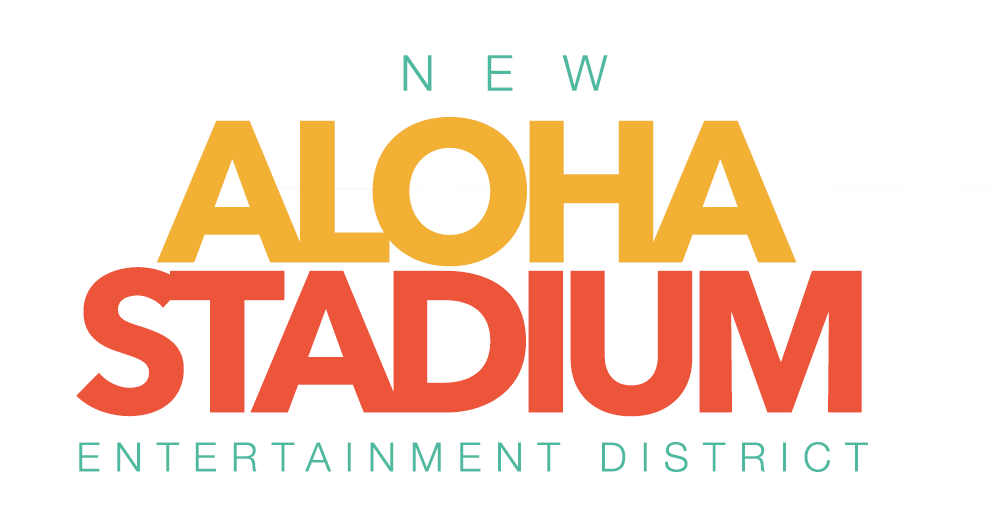Honolulu Star-Advertiser
Editorial | Our View
December 12, 2020
Updated 12:17 a.m.
Even as the walls collapse around Hawaii’s economy, it’s encouraging to see signs of rebuilding.
One of those signs is in Halawa, where planners and developers are envisioning the New Aloha Stadium Entertainment District, a major redevelopment project that would replace the Rust Palace with a new multipurpose stadium — and much more.
Three developer-led finalists — Aloha Stadium District Partners, Aloha Stadium Hui Hilina‘i and Waiola Development Partners — will compete for the chance to partner with the state to replace the old stadium and develop a master plan for the 98-acre site.
The district eventually could include affordable housing, entertainment venues and restaurants, a hotel, retails stores and, there should be no doubt, a swap meet — all reachable from east or west Oahu by the new rail system.
The finalists were announced this week on nased.hawaii.gov.
The impetus for this project came in 2017, when, after at least seven year of negotiations, federal restrictions that limited use of the site to recreational purposes finally were lifted.
This welcome change meant that the long-held dream of replacing the obsolete 45-year-old Aloha Stadium, a 50,000-seat money pit, now could make economic sense. A new facility would draw thousands of people to the district, where they could gather to shop and eat before and after events at the stadium.
According to some of the concepts discussed, the new facility would be smaller (right-sized at about 35,000 seats), technologically modern and capable of hosting other sporting events besides football, as well as concerts. This would broaden its usefulness beyond University of Hawaii football, making its central location a plus. It would have money-making luxury boxes and other amenities that the old stadium lacks.
We just hope it’s rust-proof.
The state expects to initiate the request for proposals (RFP) process by mid-2021, and execute a contract with the eventual developer by the end of the year. Whether the new stadium will be completed by September 2023, as originally projected, remains a question mark. But here’s hoping.
The state already has committed up to $350 million for its share of this public-private partnership. It goes without saying that given the economic potential of this development, Hawaii’s beleaguered taxpayers should get some financial benefit from the deal. After all, due to the COVID-19 pandemic, the public purse has nothing to spare.
READ FULL ARTICLE HERE.

